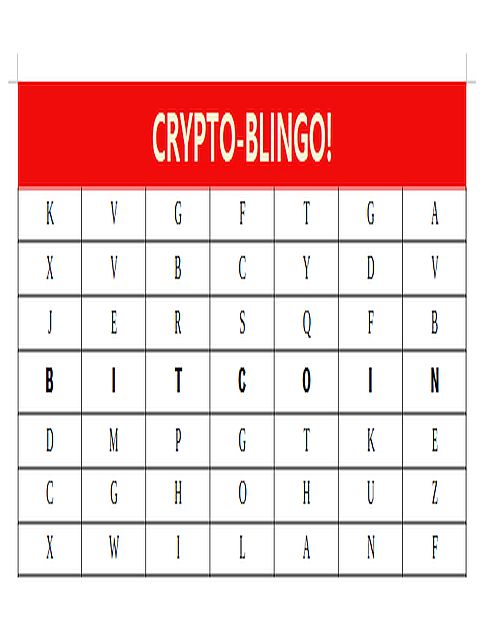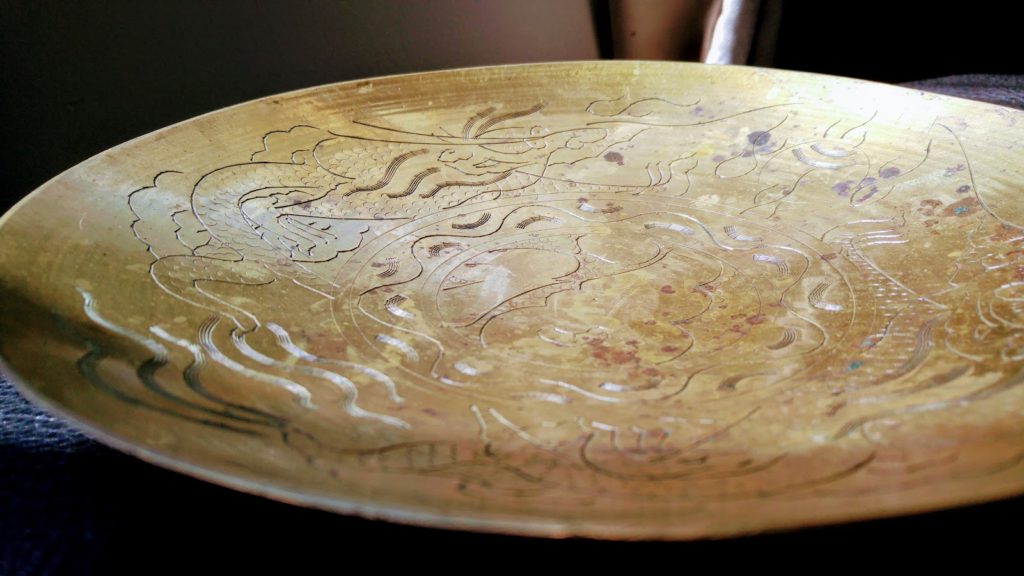2017 was the year of the ICO Fear of Missing Out. So many Ethereums changed hands to get into the diverse token offerings that the amounts collected for some valueless startups can shock the rational mind into a gibbering twit. On the positive side, most of this FOMO was experienced by investors already in cryptos who possibly only wanted to diversify what can sometimes feel like easy winnings.
2018 will probably be different; ICOs will die out for the most part, to be replaced by a multitude of Bitcoin forks, not all of them nefarious. With proper replay protection and actual use-cases some of these forks might even succeed in gaining traction and could make it worthwhile to hold some Bitcoin in your wallet for the longer term. Instead of ICO FOMO, 2018 will be the year of the Bitcoin Branches FOMO, and the people most desperate to invest will be the ones who don’t currently own any Bitcoins. And these people, your friends and family, will look to you to find them some cheap Bitcoins to invest in.
Here’s my approach to getting Canadians some magical Internet money as quickly and cheaply as possible without using localbitcoins (because I’m lazy and don’t own a car). There’s really only two steps that matter; buying the coin and storing it, and knowing what to expect from the wallet in case of a fork. But first be sure they understand that they don’t have to buy round units of Bitcoin, but that buying 0.5 or 0.01 is fine too. It’s nice to be asked how to buy “I don’t know, a couple of hundred bitcoins?” but people tend to back away when you start talking about anything less than 1 and down to 8 decimals, as if it’s not “worth” a dollar anymore…
The quick plan:
Perfect for getting others to obtain coins on their own and not being responsible for their investment becoming worthless, their accounts being hacked or filling their taxes.
If you set up automatic payments on your credit card so you don’t pay monthly charges; the easiest thing to do is to use Coinbase‘s instant credit card purchases (thank you for using my referral link!). The 4% fees might seem very high at first, but because the Bitcoin spot price on Coinbase is generally fairly low compared to other exchanges, it’s often close to being the cheapest option. Most other “instant purchase” sites seem to have vanished, in any case. Purchases are instant with your credit card once it is validated – your first purchase is likely to be cancelled by your credit card’s fraud department. Just give them a call and you can start buying 100$ of Bitcoin weekly. You can increase that limit with additional paperwork. One important caveat however; the “instant purchase” price seems to be 1% above the “going rate” displayed on the dashboard, with the result that you’re actually buying at 5% fees instead of 4%. I find that pretty deceptive on Coinbase’s part; make sure you check the average elsewhere before you buy! (Bittybot is one site that displays bitcoin’s average price)
Coinbase is one of the oldest services in Bitcoin’s history and is considered a fairly safe place to store your small amount of Bitcoin for the short or medium term. It would be reasonable for most people to go do something else and come back to learning more about Bitcoin in a week or a month at this point, the hard work of buying in is done. You will probably want to use this money at a gas station or restaurant, I recommend you install an Android Bitcoin wallet. I recommend that one simply because I know the code fairly well, but there are other excellent options. Make sure you back up the wallet file in case you lose the phone!
When Bitcoin forks, it’s uncertain what Coinbase will do with the new coins; basically exchanges own the private keys to the wallet your bitcoins are stored on, therefore they have no real obligation to issue coins spawned from any number of branches. Don’t expect to get any bonus from anyone; the only foolproof way for you to obtain and sell your altbitcoins is to own the private key. A backup of your android wallet will let you do it, but not without a lot of work or knowledge of the tools necessary to split the coins. So this is definitely a plan for people who want to get into Bitcoins quickly and will get into long-term investing later.
The Long-term plan:
Some people will see Bitcoin as an investment vehicle for the longer term. It is not difficult to believe that it can easily double in value every few years, never mind doing x20 in 6 months! Of course it could also be replaced by some new technology or currency in the future (I would expect magical love potions to be more valuable than gold if they actually worked!) and become worthless, so make sure your friend is aware of the possibility.
This approach is of interest for people who want to be more hands-off with the investment, don’t really want to get involved with the technology and simply want to maximize their return.
The first step is obtaining Bitcoin at the best rate possible; this generally means calling on some exchange’s Over-The-Counter services. Once again buying directly from people using localbitcoin or other peer to peer platform would be cheaper, but I don’t like the idea of walking around with thousands of dollars in cash. You can access OTC services by calling the exchange directly and negociating rates. But most people will probably prefer to simply transfer cash to an exchange using Interac or EFT and pay the higher fee for the convenience.
Currently the cheapest exchange I’ve dealt with is Morrex.com because of their low trading (1%) and transfer fees. And if you’re not in too much of a hurry, Coinbase’s daily recurring buy tool isn’t that much more expensive (as long as you pay your credit card bill asap!). There are other good exchanges, but the coins seem to trade at a significant premium; resulting in fees almost twice as Coinbase if you’re not careful! If banks worked at the speed of Bitcoin this would result in interesting arbitrage opportunities but they don’t and an unexpected two-week delay can wipe out your profits easily!
The biggest hurdle here is that to use this convenience, you have to have your identity verified to conform with anti-money laundering laws. For a once-in-a-lifetime or once-a-year purchase, this seems a bit onerous and I certainly expect that it will lead to identity theft in some cases. Until our regulations join us in the Blockchain century, this is the part where it makes sense for you, the bitcoin trader, to act as a proxy for someone else that trusts you. This can be a bit touchy legally and you have to thread carefully; are you sure they aren’t trying to launder dirty money with you as the patsy? If they are rewarding you for this service with a share of coins, will you declare them as revenue? Does that make you a professional trader? If so, it’s probably not worth doing the trade in the first place because of the tax implications.
To avoid problems, what I plan on doing is to have people fund my account directly, perform the trade and then transfer the bitcoin into a wallet or account where they remain in control and therefore retain ownership. It’s unclear to me at this point if an exchange would refuse funds from a third party into a verified account without a few days of holding; after all the KYC hurdle is there for a reason, but it’s worth investigating. You can the transfer the Bitcoin to a cold wallet, give it to your buyer on a USB key, printed on paper in a coffer and just wait for a few years with no additional risk. (apart from Bitcoin itself dying of course)
HODLing for years on a cold wallet is fine, but you’re also leaving money on the table. If you have the collateral to prove you can cover your buyer’s investment, why not put it someplace where it might earn interest and earn some reward for managing this fund? If you can prove you have the collateral (with a wallet address on the blockchain for example) and have an understanding (or contract) with the buyer that you retain all (or most) of earnings from interests and forks, you can earn a little bit of extra coin. Another reason to put the money in a hot wallet or an exchange is if there’s a crash or a bug is found, you will want to liquidate the coin as fast as possible; this possibiliy should also be mentioned in the contract.
Regarding forks, if someone is off-hands enough to let someone else manage their coin, they will certainly not want to deal with forks themselves. You should specify how you plan to hodl or dump forked coins and how you will decide which branch the buyer’s bitcoin will follow or remain on.
Conclusion
These are just a few of my thoughts on onboarding your friends and family; I’m still experimenting and learning new things daily and hopefully not making too many mistakes. I (clearly!) am not an investment banker, lawyer or financial expert, so I hope I don’t get anyone in trouble. But as far as I can tell them real barrier to entry right now are almost entirely caused by the old banking system and not at all by the technology – even if most wallets are extremely confusing at first. If you can show your friends how easy and quick it is to buy a small amount of Bitcoin and transfer it to their smart phone, you’ll have done everyone a huge favour!


